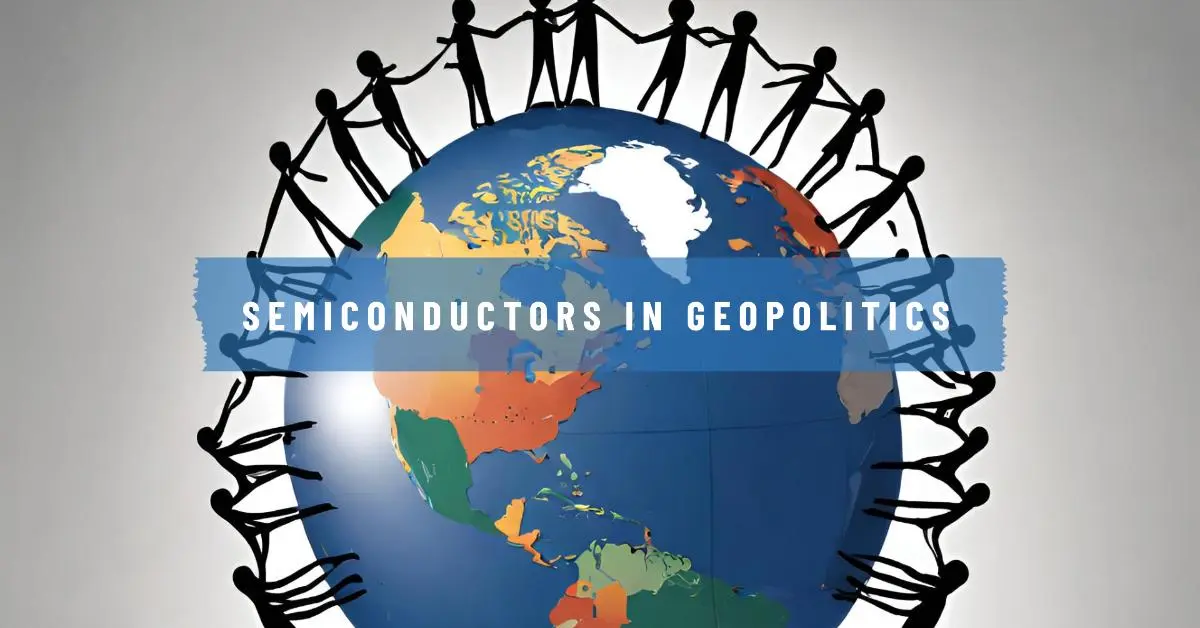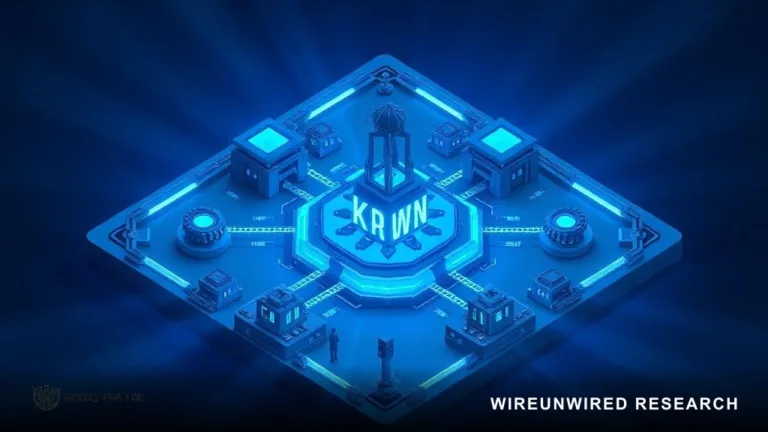Did you know the tiny chip in your smartphone is more powerful than the computers that launched astronauts to the moon? These chips, called semiconductors, are the hidden drivers of modern technology. From smartphones and laptops to medical devices and self-driving cars, semiconductors are the brains behind it all.
Geopolitics, the interplay of power and influence between nations, is increasingly intertwined with the world of semiconductors. These essential components are not just about consumer electronics; they are vital for national security and economic prosperity. Let’s delve into three key reasons why semiconductors drive big geopolitics.
Reason 1: Semiconductors Technological Dominance – The New Oil Rush
Semiconductors are the building blocks of cutting-edge technologies like artificial intelligence (AI), advanced computing, and the Internet of Things (IoT). As Lisa Su, CEO of AMD, aptly stated,
Within the realm of semiconductors, a sub-category reigns supreme – Extreme Ultraviolet (EUV) chips. Basically semiconductor chips can be manufactured using either DUV technique i.e Deep Ultraviolet lithography or EUV technique i.e Extreme Ultraviolet Lithography. DUV is used in manufacturing chip pf size greater than 7 nm while EUV is used to manufacture chips of size less than 7nm. By using EUV one can intricate finer details on the integrated circuit(I.C). Currently the technology to create EUV chips is tightly guarded by a Dutch company ASML , here a question arises but why is there an umbrella rule of a single company in this EUV technology.
Here’s why this EUV technology is so exclusive:
- Technical Complexity: EUV lithography, the process for etching circuits onto these chips, utilizes light with an incredibly short wavelength. This requires unbelievably precise machinery and a near-vacuum environment, making it incredibly difficult and expensive to develop.
- The Knowledge Gap: Beyond the machines, EUV chip production requires a deep understanding of materials science, physics, and engineering. Building this knowledge base takes years of research and development, a barrier to entry that many countries simply haven’t overcome.
This exclusivity creates a scenario where a handful of players control the most advanced chip technology. Currently, companies in Taiwan (TSMC) and South Korea (Samsung) are the primary manufacturers of EUV chips. Even a report from WireUnwired suggested that 50% of chips manufactured by Russian company were defective, for more details on this you can click here. This concentration of power creates a vulnerability in the global supply chain and fuels geopolitical tensions as nations strive to secure access to these critical components.
Unlike oil, where reserves could be discovered and exploited by multiple players, EUV chip technology is a closely guarded secret held by a select few. This exclusivity makes these chips even more valuable and strategically important, shaping the geopolitical landscape of the 21st century.
Reason 2: Semiconductors Supply Chain Vulnerability – A House of Cards
Controlling their production grants a nation significant technological leverage, translating into economic and military advantages. Imagine a world where one country dominates the production of the most advanced chips – they would hold immense power in shaping the technological landscape of the future.
| Geographical Concentration of Chip Production (2023) | Source: Semiconductor Industry Association |
|---|---|
| Taiwan | 53% |
| South Korea | 18% |
| Japan | 10% |
| China | 9% |
| United States | 7% |
| Others | 3% |
The global semiconductor supply chain is complex and geographically concentrated. A large portion of chip production is currently located in East Asia, with countries like Taiwan and South Korea playing a dominant role with Taiwan controlling 53% of chip production and South Korea controlling 18% of semiconductor chip production. This concentration creates vulnerabilities, as we witnessed during the recent chip shortages that crippled various industries.
The disruption highlighted the need for diversification and a push for domestic chip production by countries like the United States, China, and the European Union. These nations are investing heavily in building their own chip fabs (fabrication facilities) to reduce reliance on others. US has also dedicated a fund specially for boosting semiconductor development in US named Chips Act Fund. You can know more about semiconductor chips acts funds by clicking here.
Reason 3: National Security Concerns – Semiconductor Chips for Defense
Semiconductors play a critical role in critical national security infrastructure, from weapons systems and communication networks to intelligence gathering and air defense. Foreign reliance on chips for such sensitive applications poses potential risks of manipulation or disruption. Domestic chip production becomes paramount for ensuring national security and safeguarding critical infrastructure.
The chips act by US government is such a step in the direction of Self chip reliance. Intel has won somewhat $3.5 Billion for manufacturing advanced chips for US military under US chips Act only.
There is also one another way by which we can solve this problem and that is Diversification i.e sourcing chips from multiple reliable countries.
Conclusion: The Semiconductor Scramble – A Future Unwritten
The three reasons explored above – technological dominance, supply chain vulnerability, and national security concerns – paint a clear picture of why semiconductors drive big geopolitics. The competition for technological leadership and control over chip production is fierce and constantly evolving. As the industry continues to innovate and geopolitical tensions rise, one question lingers: who will hold the winning hand in the future of semiconductors? If you have some ideas you can surely share them in comments.
Discover more from WireUnwired Research
Subscribe to get the latest posts sent to your email.





Hi folks! Enthused by the details—it’s inspiring. In fact, this post brings a exceptional touch to the overall vibe. Super cool!
[…] Recent leaks from credible sources within the tech industry have fueled speculation that Samsung is in talks with Google to upgrade from the Google Gemini Nano 1 to the more advanced Google Gemini Nano 2 on-device LLM for its forthcoming S25 series smartphones. According to a report by renowned tech journalist Jane Smith on The Verge, “Our sources indicate that Google and Samsung are actively exploring the integration of Google Gemini Nano 2 into the S25 lineup, building upon the success of Google Gemini Nano 1 in the S24 series.”Also Read : How semiconductors are reshaping Major Geopolitics. […]
Really loved that you liked the article